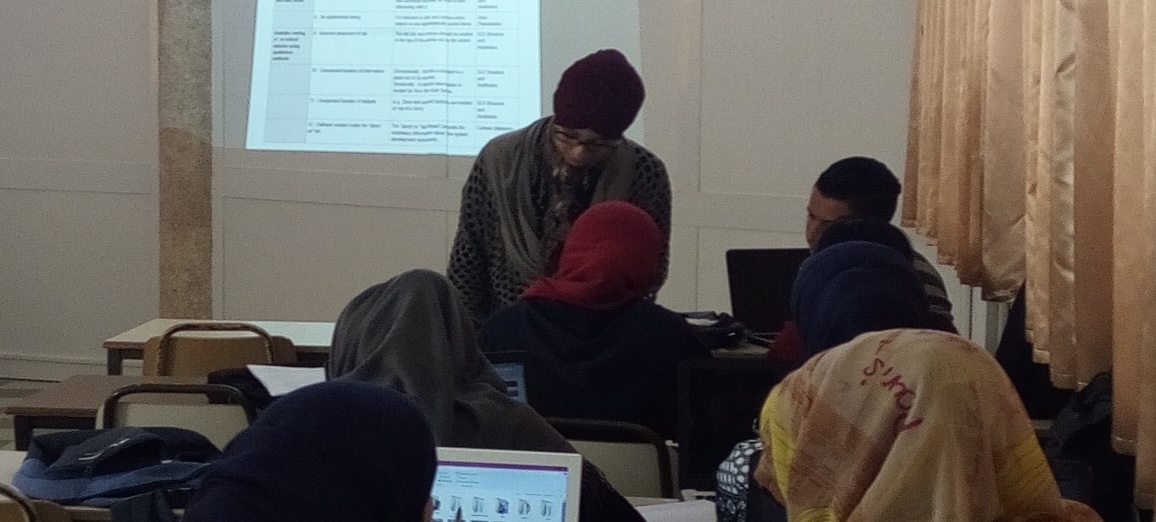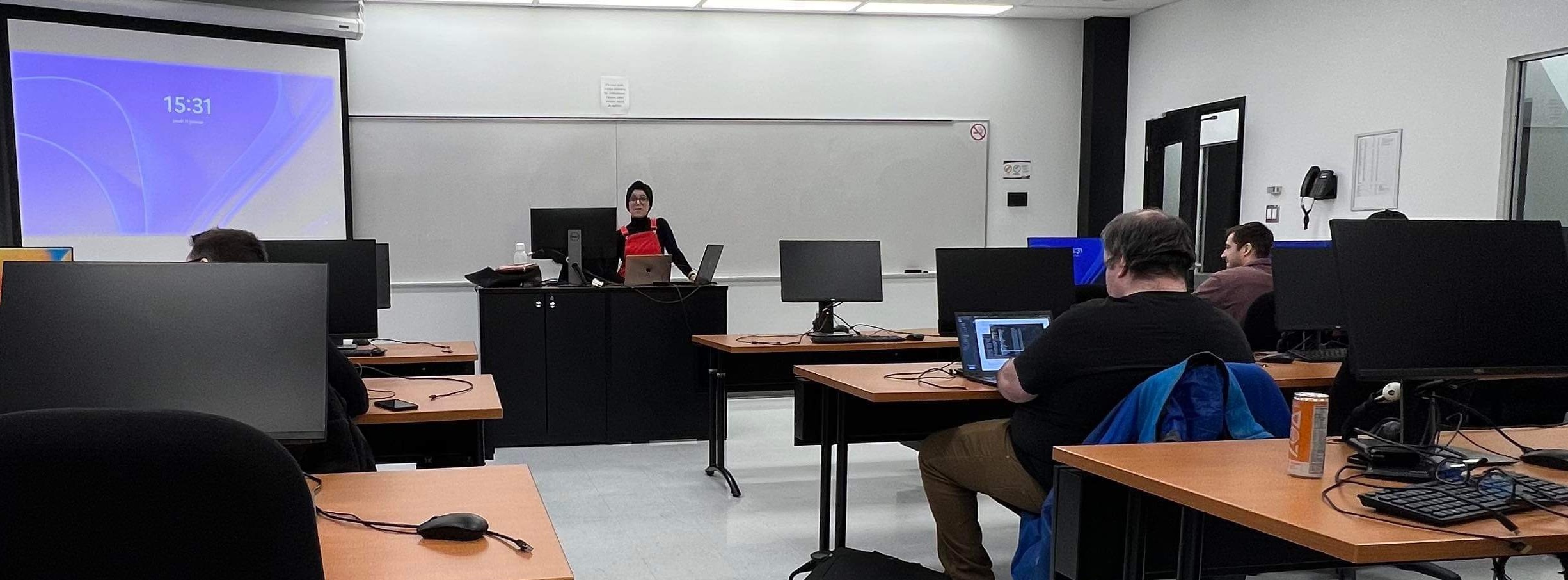Page Not Found
Page not found. Your pixels are in another canvas.
A list of all the posts and pages found on the site. For you robots out there is an XML version available for digesting as well.
Page not found. Your pixels are in another canvas.
About me
This is a page not in th emain menu
Published:
This post will show up by default. To disable scheduling of future posts, edit config.yml and set future: false.
Published:
This is a sample blog post. Lorem ipsum I can’t remember the rest of lorem ipsum and don’t have an internet connection right now. Testing testing testing this blog post. Blog posts are cool.
Published:
This is a sample blog post. Lorem ipsum I can’t remember the rest of lorem ipsum and don’t have an internet connection right now. Testing testing testing this blog post. Blog posts are cool.
Published:
This is a sample blog post. Lorem ipsum I can’t remember the rest of lorem ipsum and don’t have an internet connection right now. Testing testing testing this blog post. Blog posts are cool.
Published:
This is a sample blog post. Lorem ipsum I can’t remember the rest of lorem ipsum and don’t have an internet connection right now. Testing testing testing this blog post. Blog posts are cool.
Short description of portfolio item number 1
Short description of portfolio item number 2 
Published in AICCSA, 2017
As web technologies improvements take hold, many developers and technology executives find HTML5 usable for building mobile apps. In this context, we choose to work on assessing the usability of Hybrid User Interfaces (HUI). Our aim is to create a usability defects base of examples of hybrid applications.
Recommended citation: Bessghaier, N., & Souii, M. (2017, October). Towards usability evaluation of hybrid mobile user interfaces. In 2017 IEEE/ACS 14th International Conference on Computer Systems and Applications (AICCSA) (pp. 895-900). IEEE. http://NarjesBessghaier.github.io/files/AICCSA-2017.pdf
Published in The ACM Transactions on Interactive Intelligent Systems, 2020
Smartphone users are striving for easy-to-learn and use mobile apps user interfaces. Accomplishing these qualities demands an iterative evaluation of the Mobile User Interface (MUI). Several studies stress the value of providing a MUI with a pleasing look and feel to engaging end-users. The MUI, therefore, needs to be free from all kinds of structural aesthetic defects. Such defects are indicators of poor design decisions interfering with the consistency of a MUI and making it more difficult to use.
Recommended citation: Bessghaier, N., Soui, M., Kolski, C., & Chouchane, M. (2021). On the detection of structural aesthetic defects of android mobile user interfaces with a metrics-based tool. ACM Transactions on Interactive Intelligent Systems (TiiS), 11(1), 1-27. http://NarjesBessghaier.github.io/files/TiiS_2020.pdf
Published in book: Services Computing – SCC 2020, 17th International Conference, 2020
Web apps are evolving rapidly to acquire new features, correct errors or adapt to new environment changes especially with the volatile context of the web development. These ongoing amends often affect software quality due to poor coding and bad design practices, known as code smells or anti-patterns. Therefore, it is critical for web apps to monitor the existence and spread of such anti-patterns.
Recommended citation: Bessghaier, N., Ouni, A., & Mkaouer, M. W. (2020). On the diffusion and impact of code smells in web applications. In Services Computing–SCC 2020: 17th International Conference, Held as Part of the Services Conference Federation, SCF 2020, Honolulu, HI, USA, September 18–20, 2020, Proceedings 17 (pp. 67-84). Springer International Publishing. http://NarjesBessghaier.github.io/files/2.OntheDiffusionandImpactofCodeSmellsinWebApplications.pdf
Published in Computer Standards & Interfaces, 2021
End-user engagement heavily relies on the aesthetic design of the application’s user interfaces. Designers are keen to create user interfaces that are usable and appealing. However, fundamental design issues , such as inconsistent padding and margins, cluttered user interfaces, and a high variation of element sizes, are too frequent in a UI design.. Prior studies provided ready-to-implement user interface alternatives. However, the aesthetic quality of these alternative designs is not guaranteed, and it limits the creativity of designers.
Recommended citation: Bessghaier, N., Soui, M., & Ghaibi, N. (2022). Towards the automatic restructuring of structural aesthetic design of Android user interfaces. Computer Standards & Interfaces, 81, 103598. http://NarjesBessghaier.github.io/files/MUIRestructuring.pdf
Published in Software Quality Journal, 2021
Modern web applications have become one of the largest parts of the current software market over years, bringing cross-platform compatibility and data integration advantages that encouraged businesses to shift toward their adoption. Like any software application, code smells can be manifested as violations of implementation and design standards which could impact the maintainability, comprehensibility and performance of web applications. While there have been extensive studies on traditional code smells recently, little knowledge is available on code smells in web-based applications (web apps).
Recommended citation: Bessghaier, N., Ouni, A., & Mkaouer, M. W. (2021). A longitudinal exploratory study on code smells in server side web applications. Software Quality Journal, 29, 901-941. http://NarjesBessghaier.github.io/files/Bessghaier2021-CodeSmells.pdf
Published in Information Systems Frontiers, 2022
As the development of Android mobile applications continues to grow and to follow up its high increase in demand and market share, there is a need for automating the evaluation of Graphical Mobile User Interfaces (GMUI) to detect any associated defects as they are perceived to lead to bad overall usability. Although, there is growth in research targeting the assessment of mobile user interfaces, there is a lack of studies assessing their impact on quality.
Recommended citation: Soui, M., Chouchane, M., Bessghaier, N., Mkaouer, M. W., & Kessentini, M. (2021). On the impact of aesthetic defects on the maintainability of mobile graphical user interfaces: An empirical study. Information Systems Frontiers, 1-18. http://NarjesBessghaier.github.io/files/On_the_Impact_of_Aesthetic_Defects_on_the_Maintain.pdf
Published in ESEM, 2023
Infrastructure-as-Code (IaC) is an emerging practice to manage cloud infrastructure resources for software systems. Modern software development has evolved to embrace IaC as a best practice for consistently provisioning and managing infrastructure using various tools such as Terraform and Ansible. However, recent studies highlighted that developers still encounter various challenges with IaC tools.
Recommended citation: Begoug, M., Bessghaier, N., Ouni, A., AlOmar, E. A., & Mkaouer, M. W. (2023, October). What do infrastructure-as-code practitioners discuss: An empirical study on stack overflow. In 2023 ACM/IEEE International Symposium on Empirical Software Engineering and Measurement (ESEM) (pp. 1-12). IEEE. https://ieeexplore.ieee.org/stamp/stamp.jsp?arnumber=10304847
Published in ACM Transactions on Software Engineering and Methodology, 2023
Modern software systems are designed to be deployed in different configured environments (e.g., permissions, virtual resources, network connections), and adapted at run-time to different situations (e.g., memory limits, enabling/disabling features, database credentials). Such a configuration during the deployment and run-time of a software system is implemented via a set of configuration files, which together constitute what we refer to as a “configuration system”. Recent research efforts investigated the evolution and maintenance of configuration files. However, they merely focused on a limited part of the configuration system (e.g., specific infrastructure configuration files or Dockerfiles), and their results do not generalize to the whole configuration system.
Recommended citation: Bessghaier, N., Sayagh, M., Ouni, A., & Mkaouer, M. W. (2023). What Constitutes the Deployment and Run-time Configuration System? An Empirical Study on OpenStack Projects. ACM Transactions on Software Engineering and Methodology. http://NarjesBessghaier.github.io/files/OpenStackConfig.pdf
Published in 2024 IEEE International Conference on Software Analysis, Evolution and Reengineering (SANER), 2024
Similarly to other code files, Infrastructure-as-Code files can suffer from violations of established implementation and design standards, i.e., IaC smells. Although prior research has studied various aspects of traditional smells in non-IaC artifacts, there is little knowledge of how IaC smells are prevalent, co-occurring, and impacting the change and defect proneness of IaC code.
Recommended citation: Bessghaier, N., Begoug, M., Mebarki, C., Ouni, A., Sayagh, M., & Mkaouer, M. W. (2024, March). On the prevalence, co-occurrence, and impact of infrastructure-as-code smells. In 2024 IEEE International Conference on Software Analysis, Evolution and Reengineering (SANER) (pp. 23-34). IEEE. https://ieeexplore.ieee.org/stamp/stamp.jsp?arnumber=10589858
Published in 2024 IEEE/ACM 21st International Conference on Mining Software Repositories (MSR), 2024
ChatGPT is a cutting-edge tool for providing recommendations and solutions for developers in their pull requests (PRs). However, little is known about the characteristics of PRs that incorporate ChatGPT compared to those without it and what developers usually use it for. To this end, we quantitatively analyzed 243 PRs that listed at least one ChatGPT prompt against a representative sample of 384 PRs without any ChatGPT prompts. Furthermore, we perform a qualitative analysis to build a taxonomy of the topics developers primarily address in their prompts.
Recommended citation: Chouchen, M., Bessghaier, N., Begoug, M., Ouni, A., AlOmar, E. A., & Mkaouer, M. W. (2024, April). How Do So ware Developers Use ChatGPT? An Exploratory Study on GitHub Pull Requests. In 2024 IEEE/ACM 21st International Conference on Mining Software Repositories (MSR) (pp. 212-216). IEEE. https://ieeexplore.ieee.org/stamp/stamp.jsp?arnumber=10555786
Published in Empirical Software Engineering (EMSE), 2025
Code review (CR) is a common practice in which developers (i.e., reviewers) review code changes submitted by their peers to fix errors and ensure that the code adheres to standards. Previous studies have shown that MCR can improve the overall quality of the code, and that MCR practices may vary depending on the code under review. Yet, little is known about how MCR practices are used in the context of Infrastructure-as-Code.
Recommended citation: Bessghaier, N., Ouni, A., Sayagh, M., Chouchen, M., & Mkaouer, M. W. (2025). Towards understanding code review practices for infrastructure-as-code: An empirical study on OpenStack projects. Empirical Software Engineering, 30(3), 106. http://NarjesBessghaier.github.io/files/Towards_understanding_code_review_practices_for_in.pdf
Undergraduate course, Institut Supérieur de Gestion,Université de Gabès, 2017

Undergraduate course, École de technologie supérieure, University of Quebec, 2023
